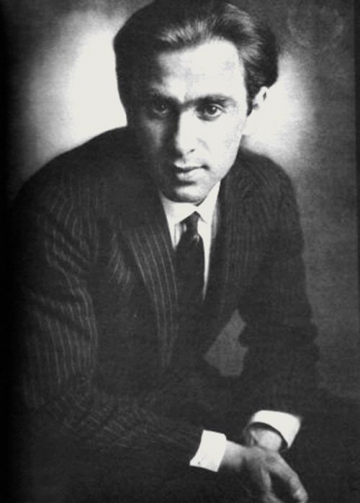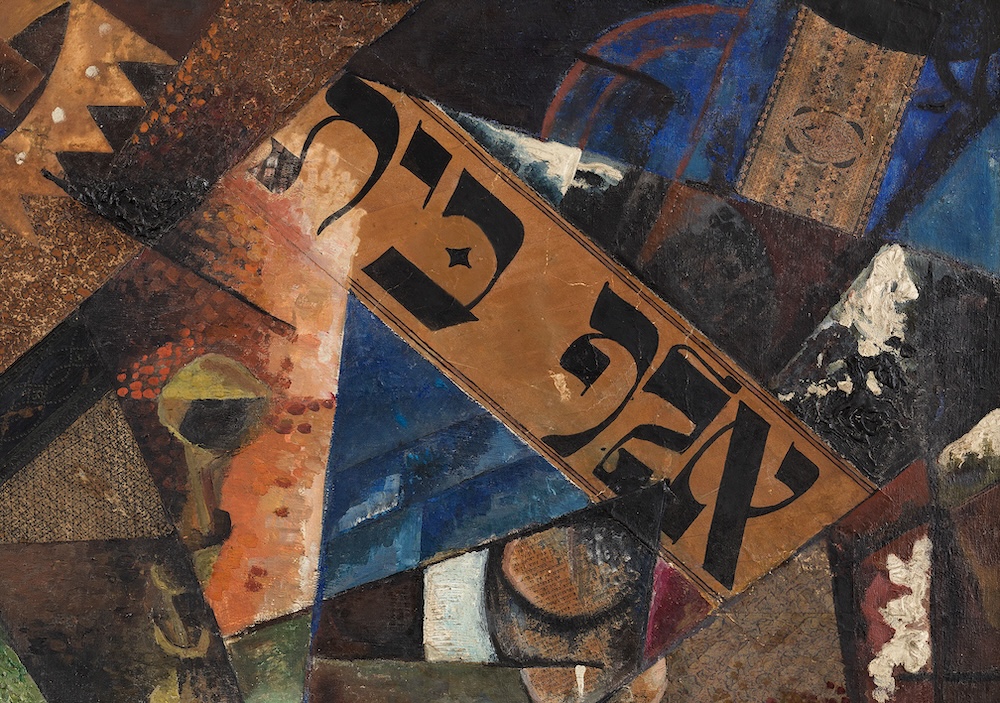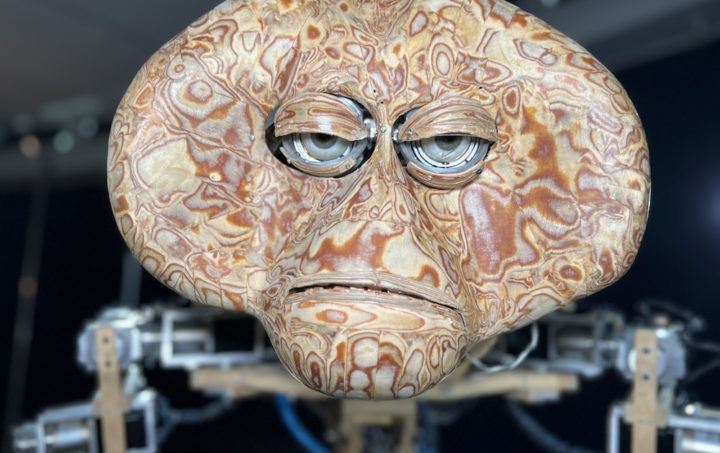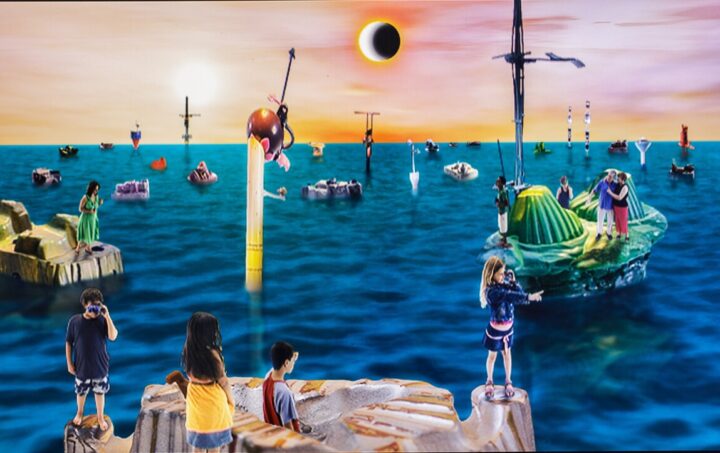About Issachar Ber Ryback

The renowned Jewish artist Issachar Ber Ryback (1887–1935) has never been to Bat Yam, but the largest and most important collection of his paintings and drawings made its way to the city in the 1950s after his widow Sonia Ryback moved there at the invitation of Bat Yam’s first mayor, David Ben Ari. Her home was built next to the art museum, at the heart of the Ramat Yosef neighborhood.
Ryback was born to an upper-class Hasidic family in the town of Yelisavetgrad in the Russian Empire. He received a traditional religious education in the “cheder,” but already at a young age started developing his artistic talent in painting classes. Later, he gained an unmediated familiarity with Russian folk art while doing restoration work in monasteries. In 1911 he was accepted to the Kiev Art Institute, which he attended as a student until 1916. Upon his graduation, he embarked on a journey with the famous artist El Lissitzky to document and collect Jewish art in the Jewish towns of Ukraine and White Russia, an experience that left an indelible impression on him. In many respects, Ryback never returned from his expedition to the Jewish shtetl, whose impending doom he could already sense.
Ryback was a founding member of the Kultur Lige, established in Kyiv in 1918 to promote Yiddish culture, language, and theater. Other notable members were the artists El Lissitzky, Boris Aronson, and Marc Chagall. In 1920, Ryback moved to Moscow and in the following year to Berlin, where he stayed for four years. After a brief sojourn in the Soviet Union, he moved to Paris where he joined the School of Paris artists. Throughout his life, no matter which avantgarde style of painting he pursued – Cubism, Futurism, or Expressionism, Ryback kept painting the shtetl over and over again, as though he vowed to capture with his art the reality of pogroms, poverty, and everyday hardships of the Jewish communities in Europe. He died in Paris in 1935, when he was only 38.





